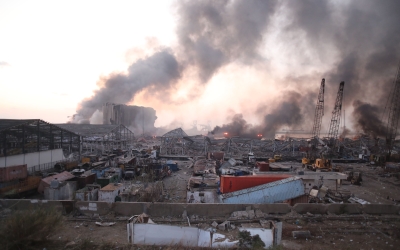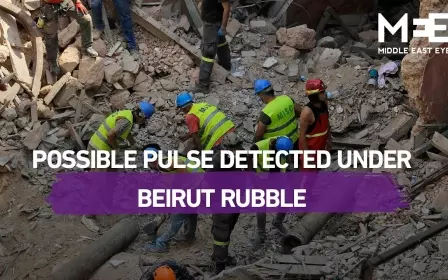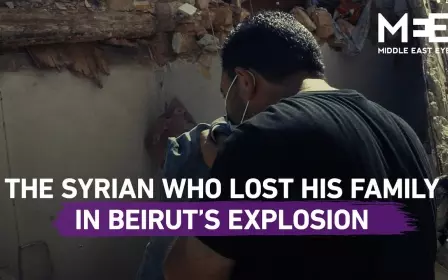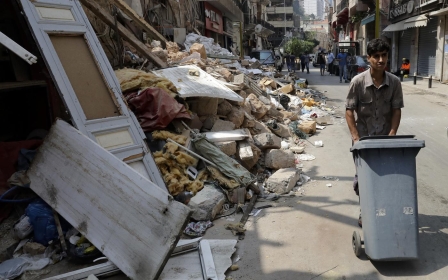Beirut explosion: Rescue team says no longer a chance of finding anyone alive
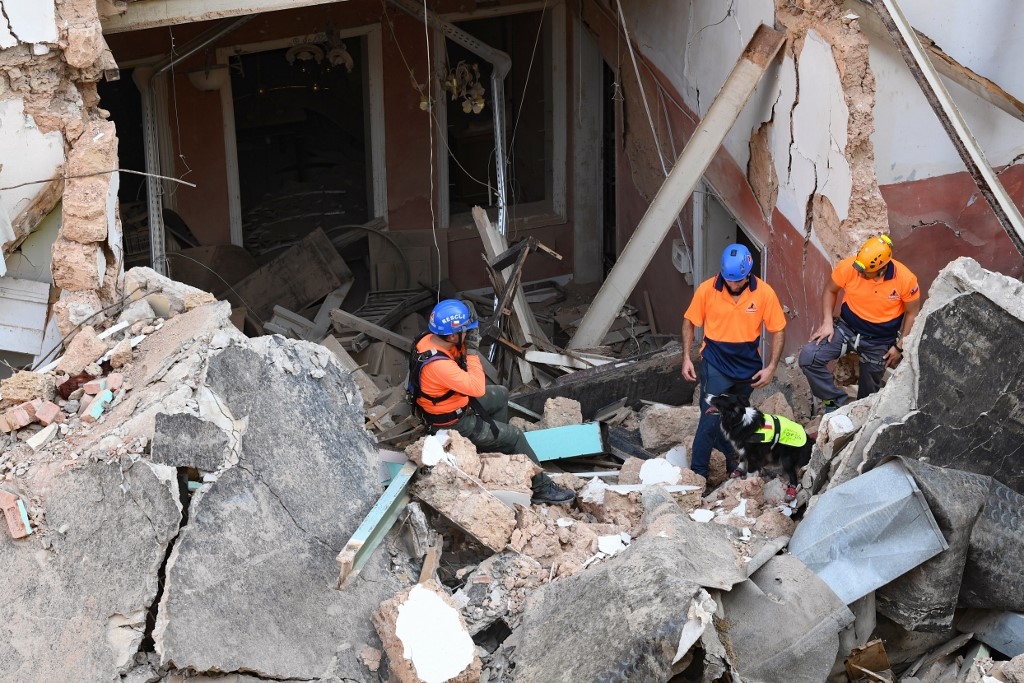
Rescue workers digging through the rubble of a Beirut building for the third day on Saturday have said that there was no longer hope of finding someone alive, more than a month after a massive port explosion had shattered Lebanon's capital.
About 50 rescue workers and volunteers, including a specialist team from Chile, had worked for three days to locate anyone after sensors on Thursday had detected signs of breathing and heat.
"Technically speaking, there are no signs of life," Francisco Lermanta, the head of volunteer rescue group Topos Chile, said in a news conference on Saturday evening, adding that rescuers had combed 95 percent of the building.
The signs of life detected over the past two days, Lermanta said, had been the breath of fellow rescuers already inside the building, picked up by their sensitive equipment. He said that efforts would now focus on clearing the rubble and finding human remains.
"We never stop with even one percent of hope," Lermanta said, of finding a body. "We never stop until the job is done."
The 4 August blast killed about 190 people, injured 6,000 more and devastated whole neighbourhoods. Authorities held ceremonies on Friday to mark a month since the explosion tore into a city already reeling from a crippling economic crisis and the coronavirus pandemic.
Rescue efforts had been dominating local and social media, as the Lebanese were transfixed, desperate for a miracle. None came.
The ruined building where the search was continuing lies between the residential districts of Gemmayzeh and Mar Mikhael, among the hardest hit areas by the blast and home to many old buildings that crumbled in the shockwave.
Work had been slow, rescue workers said earlier in the day, as the badly damaged building was at risk of complete collapse.
"The building is really crumbling, it's scary and there's a lot of danger to the team," the civil defence agency's operations director, George Abou Moussa, said.
Workers have been using shovels and their hands to dig, while mechanical diggers and a crane lifted heavy debris. Scanning equipment was also used to create 3D images of the wrecked building.
Middle East Eye delivers independent and unrivalled coverage and analysis of the Middle East, North Africa and beyond. To learn more about republishing this content and the associated fees, please fill out this form. More about MEE can be found here.


